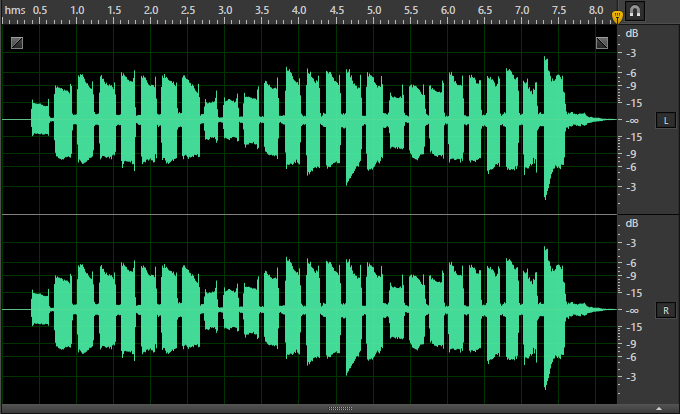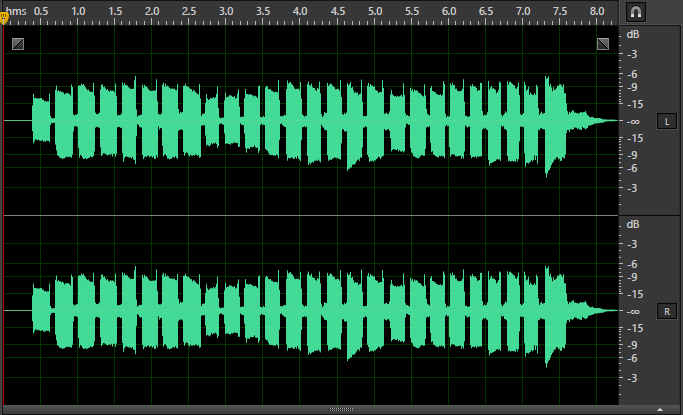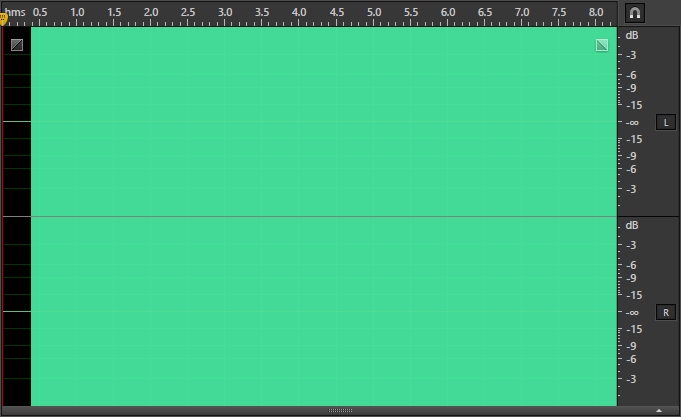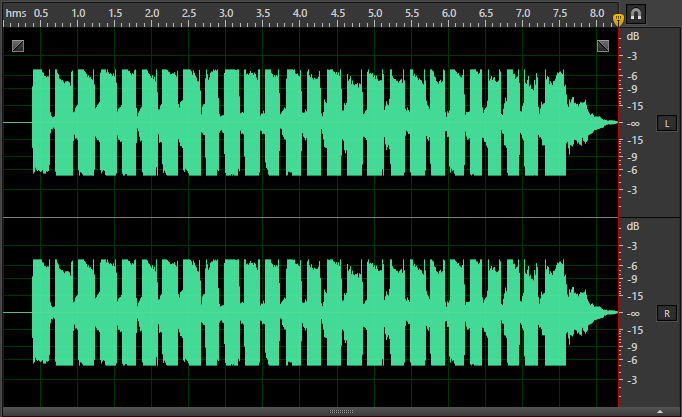Audio effects are used to intentionally alter how a sound, whether it be live or recorded, in order to suit a particular purpose. This is not to be mistaken with sound effects such as those generated in a foley.
These effects are applied to existing sounds for enhancement or any sort of alteration. There are a number of effects at our disposal through just about any part of the signal chain, even from microphones and instruments themselves, down to the DAW through a plethora of plugins. I personally first encountered these in my first digital guitar effects pedal. Reading these highfalutin terms in the manual and display panel stumped and even intimidated me. I can imagine other people feeling the same way. Hopefully, this article can help clear things up a little. Being familiar with and understanding what these effects do is very important in enhancing recordings.
Audio effects can be classified in a few different ways. But for the sake of this course, we will divide them into three groups — dynamic effects, delays and filters.
Dynamic effects are used to manipulate a sound’s amplitude or volume. There are several, but among the ones you will find useful are:
Compressor
This limits or narrows the dynamic range (or the range between the softest and the loudest part of an audio clip). A threshold value is set as a point of reference. Parts louder than this value is attenuated while those that are quieter are amplified. This creates a more even-sounding audio clip.
To illustrate, consider an unedited clip below:

After compression is applied with a threshold of -7dB, even though the effect on the actual sound is still subtle, you will notice how the waveform has a more consistent amplitude across the clip.

Hard Limiter
This is much like a compressor, albeit a more forceful one. Whereas a typical application of compression provides a significant allowance above and below the threshold, a hard limiter, not so much.
Distortion
When a signal is amplified to the point where it gets so loud, the waveform gets clipped, distortion occurs. Below is our clip after being heavily distorted (warning: it’s loud).

While the above clip is obviously unpleasant to listen to. Distortion is also something you work to avoid when mixing and mastering. However, distortion can sometimes be useful. The effect has important applications in modern music, most notably in electric guitar and synthesizers. This musical distortion, as it is sometimes called, is applied in such a way that the sound remains pleasant to the ears, or at least works well in the context of a musical piece.
Gate
This effect completely cuts off amplitude when it goes below a threshold. A gate is commonly used for triggering other events in a DAW session or project. For example, a track with a snare drum could have a gate for it to trigger in order for an effect to activate, or maybe for another virtual instrument to play something. A gate, however, will typically be used by less advanced creators for reducing noise. This noise gate is set to cut off sound at a certain decibel level or threshold. This cannot really noise while the wanted sound is playing. However, in parts where the sound is not playing, the noise will get muted so it won’t get in the way of the sound from other tracks. Take the musical guitar distortion example above. You can hear some hum before the actual guitar passage plays, as distortion effects would typically introduce. Applying a noise gate effect solves that problem.
